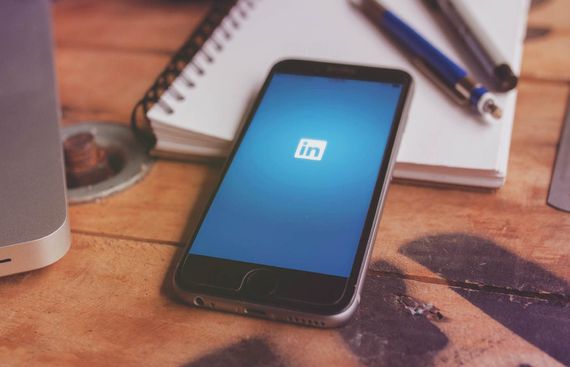LinkedIn relies more on users than AI to dump bad profiles

In February, an Indian Administrative Service (IAS) officer B. Chandrakala found a LinkedIn fake account running in her name. After registering a case under the Information Technology (IT) Act, the police swung into action and got LinkedIn to shut that fake account.
Under investigation by the Central Bureau of Investigation (CBI) in an illegal mining case in Uttar Pradesh, Chandrakala was shocked to see the fake account being run on LinkedIn in her name using her photograph and designation and publishing objectionable obscene content.
Not just fake accounts, there have been several cases of fraudsters impersonating staffing agencies on the LinkedIn platform and people keeping duplicate or multiple profiles with ease.
The goal of such people, according to Bruce Johnston, a famed LinkedIn sales and marketing consultant, is to harvest email addresses from connections, identity theft, phishing, spear phishing and other scams and impersonation.
The real game is to identify such problems first-hand -- via Artificial Intelligence (AI)-enabled algorithms which the company has invested heavily in -- in order to weed out bad actors quickly and act pro-actively, without waiting for users to flag such content.
"As fake profiles can be replaced just as quickly as they are detected and stamped out, this is a real problem," wrote Johnston in a blog post some time back.
Human-centric AI and Machine Learning (ML) is helping -- to a great extent -- Facebook, Twitter and Google stamp out bad content, terror-related posts, political interference, misinformation, abuse and several other inauthentic behaviours even before users flag them.
LinkedIn said that "one of the ways we ensure that accounts are real is by building automated detection systems at scale for detecting and taking action against fake accounts".
"Unfortunately, LinkedIn is the target of bad actors who constantly try to create fake accounts," the company said in a recent blog-post.
The company, however, does not have a satisfactory answer when it comes to identifying a person who is between jobs or has joined at some other place but keeps old or multiple profiles on the platform.
"Members come to LinkedIn to connect with their community, learn from each other and access opportunity. The best way to do that is to keep their profile updated, including sharing news and insights," says the Microsoft-owned platform.
LinkedIn gives users the option to flag inappropriate or fake profiles on its platform - profiles that contain profanity, empty profiles with fake names, or profiles that are impersonating public figures.
The company told IANS that while there may be multiple reasons why members take more time to update their profiles, it is possible for other members to report inaccurate information.
"We take each report very seriously and our team reviews each case individually. If the information is inaccurate, we take action, which can include removing the content," said a LinkedIn spokesperson.
Specifically for fake accounts, said LinkedIn, it investigates suspected violations of our Terms of Service, including the creation of false profiles, and take immediate action when violations are uncovered.
"A human element will always be necessary to catch fake accounts that have evaded our models," said the company.
"While we strive to take down fake accounts before they interact with our members, we also get signals from our members who report suspicious activity on the site," the company added.
It, however, appears that LinkedIn at the moment relies more on users than its AI and ML solutions to keep its platform sanitised.
Read More News :
